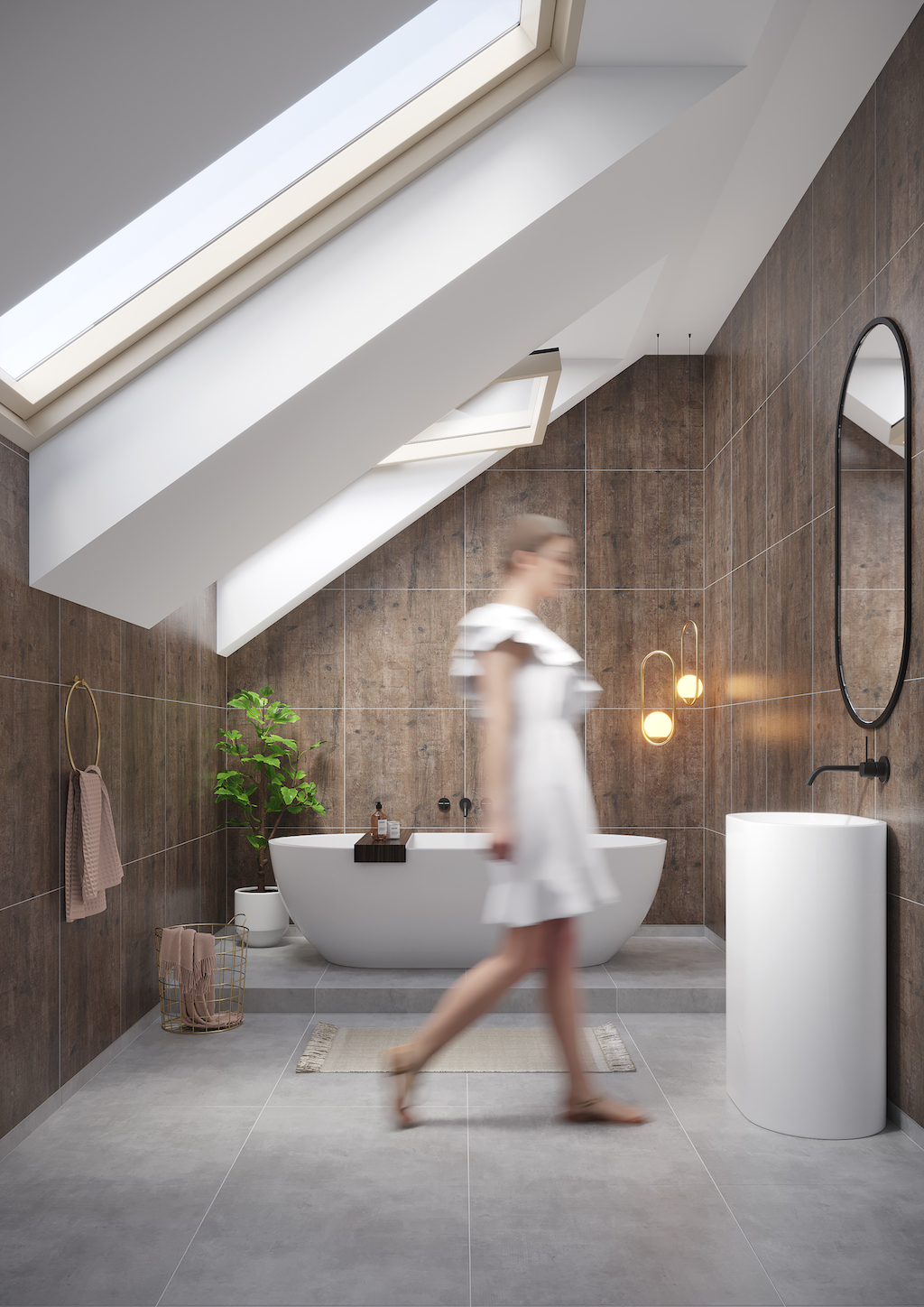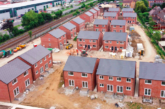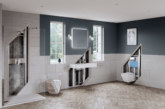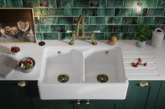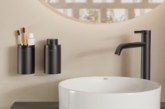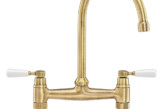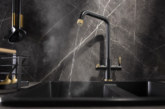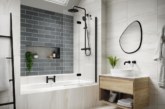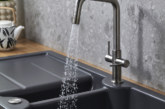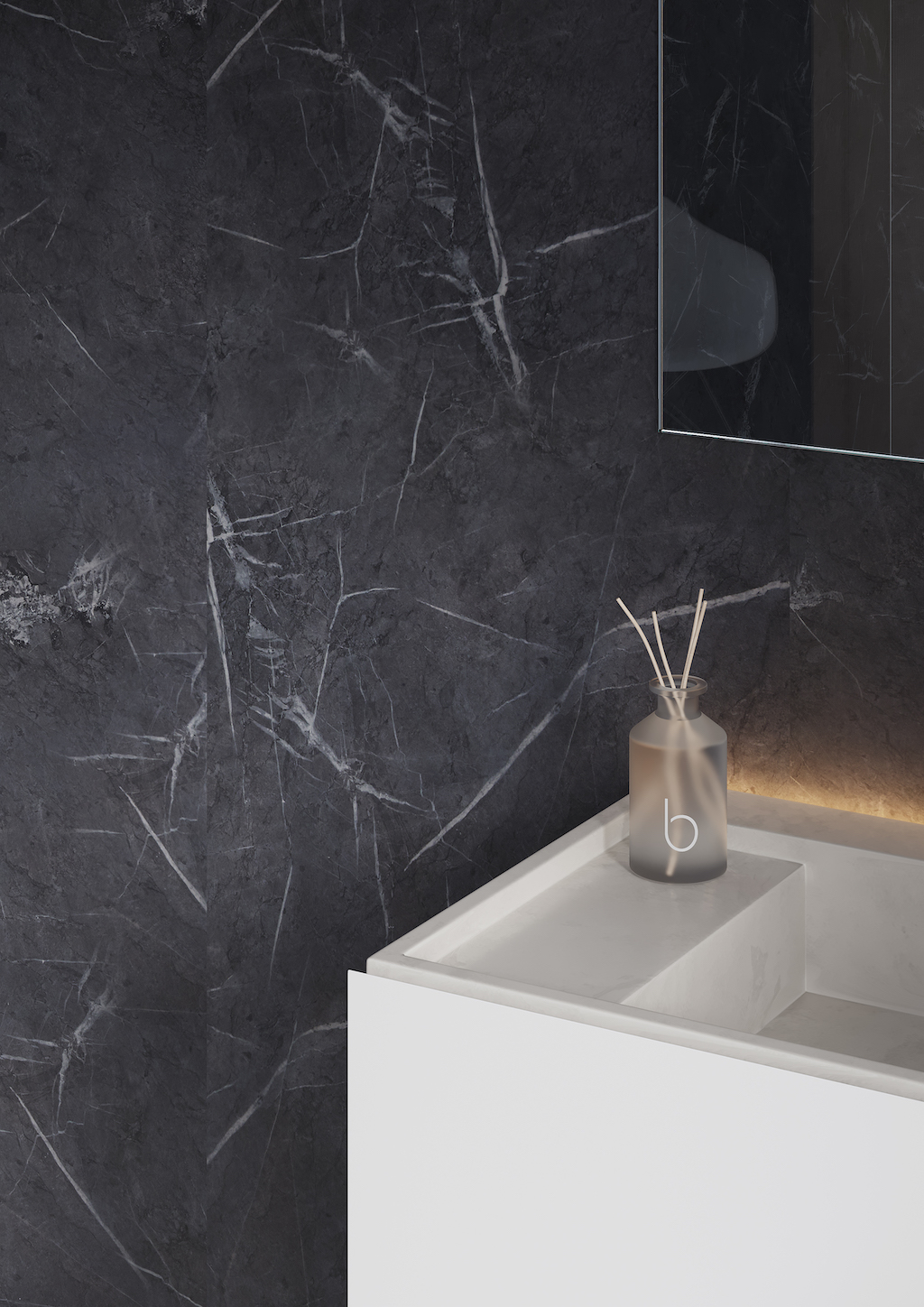
With ongoing pressures on supply chains and many developers keen to reduce build times, finding alternative, efficient building materials is more important than ever. Scott Beattie, Managing Director at Fibo UK looks at some of the advantages of using a waterproof wall panel system in kitchens and bathrooms.
Many businesses have experienced delays in production of goods and delivery of services, which has resulted in delays with construction. This issue is further compounded by labour shortages in the construction industry, with research showing 250,000 extra construction workers will be needed by 2026. This has left housebuilders in a position of uncertainty in regard to their upcoming projects and where the materials and labour will come from.
Knowing this, it can be useful to look into alternatives for the more traditional materials, solutions that can be installed faster, minimising installation times, and require less specialised tools and skills. One such option available for bathroom and kitchen spaces is waterproof wall panels.
Old vs New
When it comes to bathroom or kitchen installations, regardless of whether it’s a new-build or renovation project, tiles are perhaps the first wall-covering solution that comes to mind, being the traditional ‘go to’ choice. However, automatically turning to tiles could mean that you are missing other solutions.
While wall panels may have once been seen as the cheap and out-dated option, thanks to new developments and innovations the wall panel market has had a significant facelift and upgrade over recent years. Commonly manufactured from a timber plywood core and bonded with high pressure laminates, high-quality wall panels can also feature a discrete yet robust waterproof tongue and groove locking system for a seamless finish. Being made from timber, wall panels are far more lightweight and easier to handle than their tile alternative, without fear of them chipping or cracking during storage or transport.
Speed is key
While tiles are the main product, the process of installing them can require numerous other building materials, as well as extensive wall preparation work. In comparison, wall panels can be far simpler to install, requiring only basic carpentry skills and negating the need for wet trades, skilled labour or specialist tools.
Able to be installed directly onto plasterboard, stud partitioning or even over existing tiles (for those refurbishment projects), wall panels are faster to install than tiles. A time saving that will significantly increase the speed with which housebuilders can finish projects.
Long-lasting
Another key area of concern is also the lifespan of products, with the quality of building materials installed speaking volumes about the housebuilder’s reputation. Given the huge investment that a new home presents to prospective buyers, quality is surely key.
Due to their timber construction, wall panels can be incredibly strong, long-lasting and durable, as well as being very easy to clean and maintain. The absence of grout brings with it its own longevity benefits too, as this can be a common problem area with tiles when they fail and deteriorate.
In terms of product guarantees, a 10-year warranty is perhaps the most common within the wall panel market. However, some manufacturers, including Fibo, are so confident in the performance of its wall panel systems that they offer an impressive 25-year warranty – providing added assurances of the product quality.
Aesthetic value
Increasingly, bathrooms have transitioned from a purely functional space to one that can be beautiful and inspiring. Appearance, therefore, is everything. Fortunately, there is an equally wide range of styles, decors and colours available on the wall panel market, meaning that housebuilders will be spoilt for choice, making it easier for them to create the stunning contemporary bathroom space that will help attract prospective buyers.
For example, housebuilders can choose from simple block colours and traditional effects like marble, through to those that offer a more contemporary look and feel. Including natural and industrial effects, such as cement, sand, stone and timber, which reflect the latest interior design trends. There are also tile-effect panels available, should you remain a little wary of moving wholly away from the tiled aesthetic, creating such a realistic look and feel that you’ll be amazed to discover they aren’t in fact tiles.
When it comes to bathroom and kitchen installations, tiles have long been the stalwart option, but with the recent advancement in wall panels there is now a clear and solid alternative.



